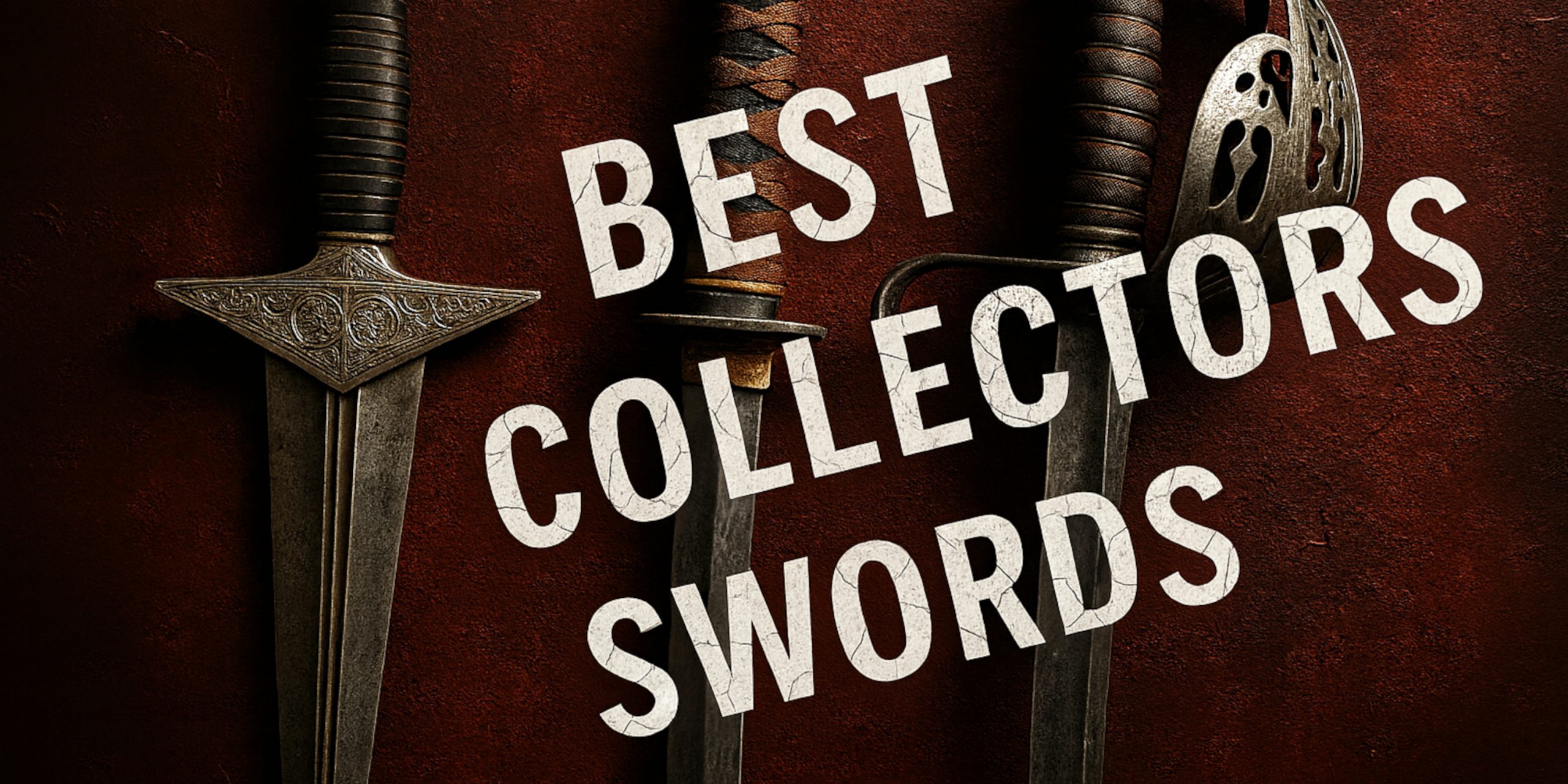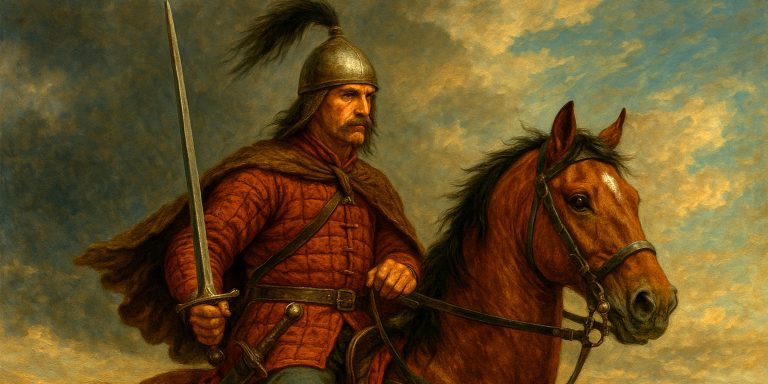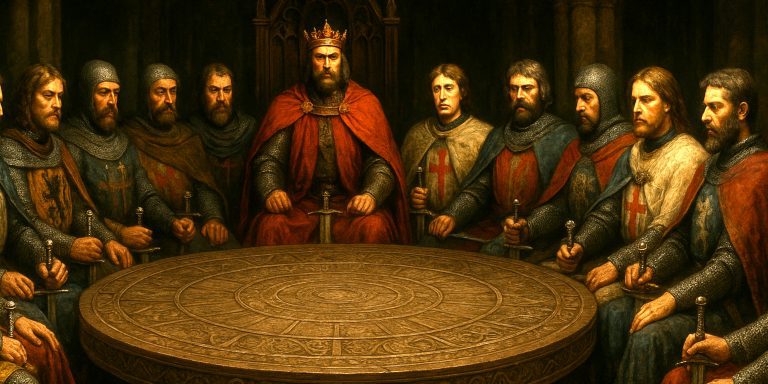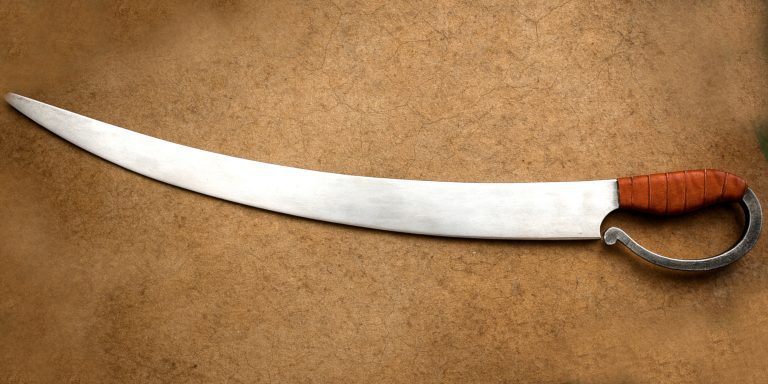
Collectors of historic weaponry tend to value more than just age or visual appeal. Provenance, craftsmanship, rarity, and market history all shape the desirability and price of a sword. This article covers some of the finest swords sought after by serious collectors, from legendary Japanese blades to European masterpieces, with attention to auction records, museum holdings, and private sales.
1. Masamune Katana (Japan, 13th–14th century)
Craftsman: Gorō Nyūdō Masamune
Blade Type: Tachi or early Katana
Features:
- Renowned soshu-den style, combining resilience and sharpness
- Complex grain patterns (hada) and hardened edge (hamon)
- Frequently unsigned but identifiable by forging style
Rarity: Fewer than 20 blades reliably attributed
Auction Value: Rarely appears; private sales and museum acquisitions valued in the tens of millions of USD
Notable Example: The Honjō Masamune, lost post-WWII, was once the symbol of the Tokugawa Shogunate
2. Damascus Steel Swords (Middle East/India, 3rd–18th century)
Blade Type: Scimitar, Shamshir, or Tulwar
Features:
- Wootz steel with fluid, patterned surface
- Flexible yet able to hold a razor edge
- Often gilded or jewelled hilts in Mughal or Persian examples
Rarity: True wootz-patterned Damascus blades are scarce
Auction Value: £20,000 to over £300,000 depending on provenance and embellishment
Notable Sales: Mughal Tulwars with royal inscription or rubies have fetched over £500,000
3. Knights Templar Swords (Europe, 12th–14th century)
Blade Type: Arming sword
Features:
- Broad cruciform guard
- Christian symbols, inscriptions, and minimalist design
- Historical significance tied to Crusades
Rarity: Extremely limited; few verified Templar swords survive
Auction Value: Rarely appears publicly, but estimates exceed £200,000
Known Holdings: Some held in Vatican archives or private ecclesiastical collections
4. Cinquedea (Italy, 15th century)
Blade Type: Wide dagger or short sword
Features:
- Distinctive broad blade tapering to a point
- Often etched with classical scenes or mottos
- Urban Renaissance weapon, carried by burghers
Rarity: Dozens preserved, but condition and decoration vary
Auction Value: £15,000 to £80,000 depending on origin and artwork
Collectors’ Notes: Highly prized by Italian and Swiss collectors for transitional weapon value
5. Ulfberht Swords (Northern Europe, 9th–11th century)
Blade Type: Viking Age double-edged sword
Features:
- Inlaid +VLFBERH+T inscription
- High-carbon crucible steel, possibly Central Asian origin
- Technologically advanced for their time
Rarity: Around 170 known, not all authentic
Auction Value: Museum-grade examples valued over £100,000
Fakes: Many later reproductions or forgeries have emerged
6. Shasqua of the Russian Caucasus (18th–19th century)
Blade Type: Curved sabre
Features:
- Single-edged, no guard
- Adorned with niello, silver mounts, or tribal motifs
- Known for its deadly precision and speed
Rarity: Fine examples with full mounts are scarce
Auction Value: £10,000 to £50,000 depending on imperial connection or maker’s mark
Collecting Tip: Georgian and Cossack variants are less common than Tiflis export types
7. Andrea Ferrara Blades (Scotland/Italy, 16th–17th century)
Blade Type: Basket-hilt broadsword
Features:
- Marked “Andrea Ferrara” regardless of actual maker
- Revered in Scotland as a symbol of quality
- Often wedded to elaborate Highland hilts
Rarity: Dozens in museums, fewer in prime condition
Auction Value: £25,000 to £150,000, especially for Jacobite-era examples
Notable Example: The Culloden swords held by the National Museum of Scotland
8. Indian Firangi Sword (India, 17th–19th century)
Blade Type: Long straight-bladed sword, often with European blade
Features:
- Mughal hilt with long, spike-shaped pommel
- Blade sometimes from European trade sources
- Carried by Maratha and Rajput elites
Rarity: Mid-range rarity but high variation in quality
Auction Value: £8,000 to £60,000 depending on mounts, inscriptions, and European blade lineage
Collecting Insight: Provenance from noble families drives value
9. Japanese Gunto Swords (WWII-era)
Blade Type: Katana or Shin Gunto
Features:
- Military-issued with traditional-style mounts
- Some were ancestral blades refitted for officers
- Vary in quality from machine-made to hand-forged masterpieces
Rarity: Common overall, but handmade officer swords are prized
Auction Value: £3,000 to £30,000 depending on smith, age, and markings
Notable Sales: Gunto made by famous smiths like Yasukuni Shrine blades fetch high premiums
10. Presentation Swords (Europe and Americas, 18th–19th century)
Blade Type: Often sabres or smallswords
Features:
- Commissioned for political, diplomatic, or military achievement
- Richly decorated with gilt, mother-of-pearl, and personalised inscriptions
- Occasionally associated with historic figures
Rarity: One-of-a-kind; value tied to recipient and occasion
Auction Value: £50,000 to over £1 million
Notable Example: Washington’s ceremonial swords, or Napoleonic gifts to marshals
The Seven Swords takeaway
A great collector’s sword carries layers of cultural, historical, and technical meaning. Whether you are drawn to the folding artistry of a Masamune blade, the engineering brilliance of a Ulfberht, or the imperial gravitas of a presentation sabre, each has its own appeal and story. As auction interest continues to grow, provenance, condition, and verified authenticity remain paramount. A flawed inscription or undocumented history can mean the difference between a museum-worthy piece and a decorative relic.



